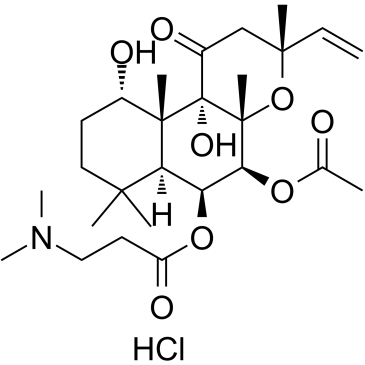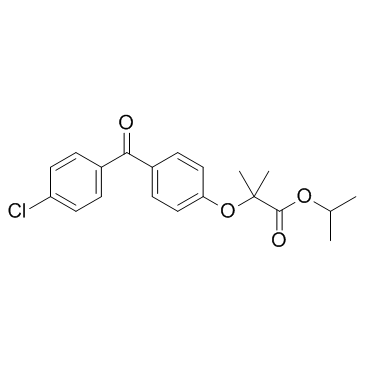| Structure | Name/CAS No. | Articles |
|---|---|---|
 |
NKH477
CAS:138605-00-2 |
|
 |
Fenofibrate
CAS:49562-28-9 |